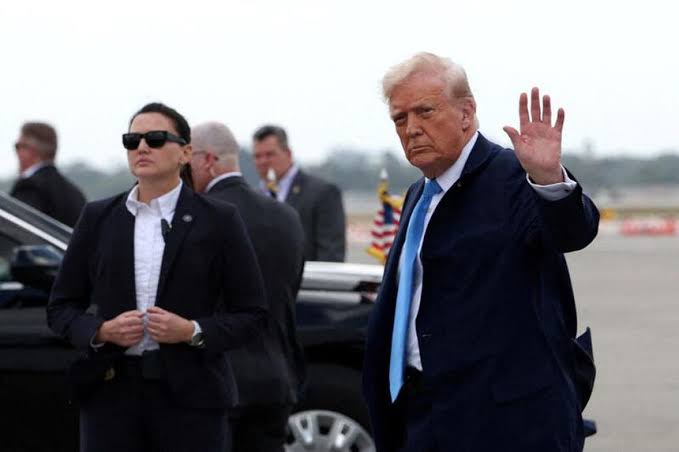
Once a 10-pence treat designed to tickle the tastebuds of children, Cadbury Dairy Milk’s frog-shaped Freddo chocolate bar has since become a barometer for the UK’s rising cost of living.
Now, the daughter of the man who created it has revealed why she won’t buy Freddos any longer.
Harry Melbourne came up with the idea for the sweet treat almost a century ago, when he was just a teenager. After migrating from England to Australia, he began working at MacPherson Robertson’s confectionary factory in Melbourne.
There, he convinced his boss to change the shape from a mouse – which might scare children, he argued – to a friendly frog. On the shelves in Australia, the chocolate sold for a penny.
Since then, internet sleuths have argued the treat has shrunk in size and rocketed in price in the UK – reportedly reaching up to £1 in some shops.
Harry’s daughter, Leonie Wadin, has now said that while she once waited for her father to come home with boxes of Freddos, she has not bought one since his death in 2007.
The 74-year-old told Sky News: ‘Dad was disgusted with how small it is now and how much they charge for it.
‘He’d roll over in his grave if he could see it now; he’d be disgusted. It was a penny chocolate.’
She added that while the modern price of Freddo would upset her father, he would have been ‘so proud’ to learn of its popularity in his native Britain – and his great-grandchildren do still purchase the bars.

‘They’re very proud of their great-grandad, they still buy them, they love them,’ Leonie said. ‘Carry on through every heritage, that’s what I want.
‘The Freddo has to be passed on, Freddo is never going to die. It will always be there.
‘I just want it all passed down, so that the frog is always in our lives.’
How much has the price of a Freddo increased?
In the UK in 1999, a Freddo cost 10p. Nowadays, Tesco stocks the single bar for 30p, while Asda asks for 35p. Sainsbury’s charges a whopping 45p.
Factoring in rising wages, shoppers can seemingly get more Freddos for their money, relative to how much they’re earning.
In 1999, the newly-introduced National Minimum Wage was £3.60 for workers aged 22 and over – meaning, pre-tax, you could buy around 36 bars for an hour’s work.
As of April 2025, the minimum wage is £12.21 an hour, equating to 40 bars.
Additionally, Freddo’s size has remained fairly stable in the UK, at around 18g. So, accusations of ‘shrink-flation’ appear unfounded. In Australia, the bar is lighter – at 12g – perhaps explaining Leonie’s concern.
However, the cost of a Freddo bar has apparently outstripped inflation. At its UK relaunch in 1994, a Freddo cost 10p. It remained at that price until 2007.
If the price of a Freddo has increased in line with inflation, a bar would sell today for about 21p, according to the Bank of England’s inflation calculator.
Mondelez International, which owns Cadbury, told Sky News: ‘Freddo has endured popularity across generations since originally launching in the UK back in 1973, and continues to be a key part of Cadbury’s range today.
‘Whilst it’s important to stress that as a manufacturer we do not set the retail prices for products sold in shops, our manufacturing and supply chain costs have increased significantly over the past 50 years, and Freddo has become more expensive to make.
‘We have absorbed these increased costs wherever possible, however on occasion we have made changes to our list prices or multipack sizes to ensure that we can continue to provide consumers with the Freddo that they love, without compromising on the great taste and quality they expect.’
Get in touch with our news team by emailing us at webnews@metro.co.uk.
For more stories like this, check our news page.




